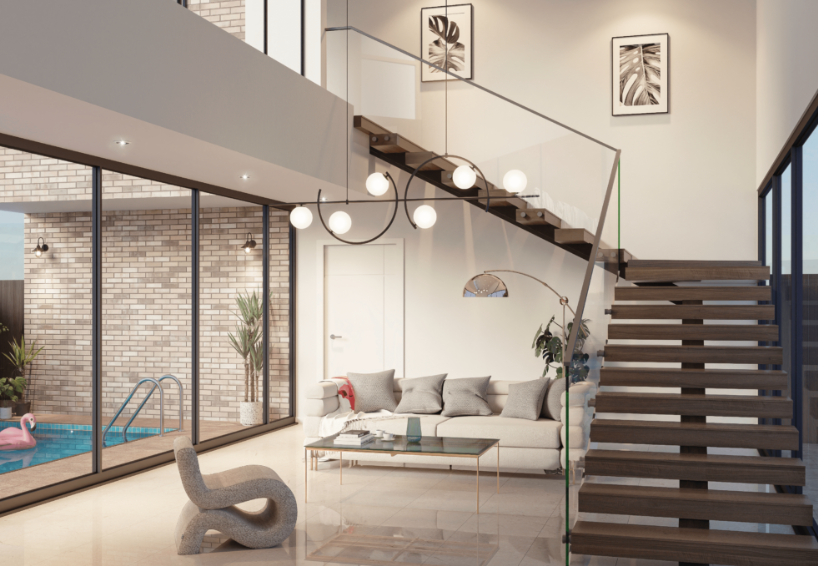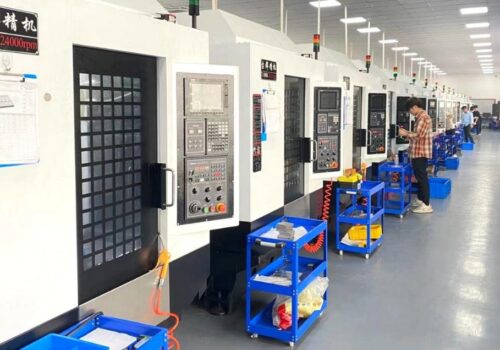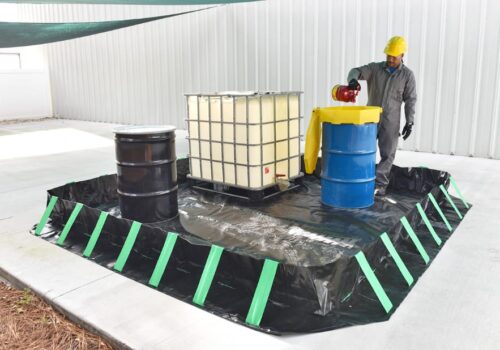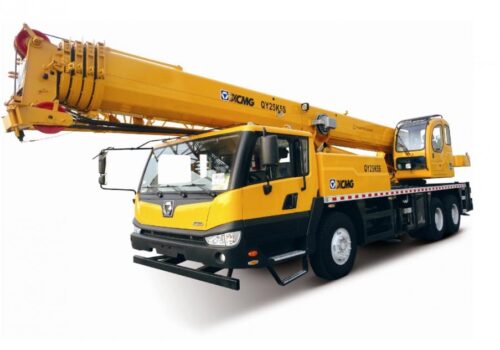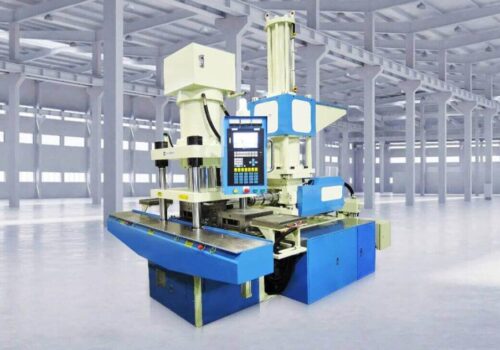Navigating the Divide: Commercial vs. Industrial Balustrade Designs Under Australian Standards
In the intricate world of architecture and construction, the devil truly is in the details—especially when it comes to adhering to the commercial balustrade design Australian standard. I’m here to guide you through the key differences between commercial and industrial balustrade designs, as outlined by Australian standards, ensuring your project not only meets aesthetic expectations but regulatory requirements too.
Understanding the Standards at Play
Australian standards for balustrades are not just guidelines; they are mandates designed to ensure safety and uniformity in construction projects. While both commercial and industrial balustrade design Australian standard share common safety goals, their application, material specifications, and design considerations differ significantly.
Commercial Balustrade Design: Balancing Aesthetics and Safety
Commercial spaces, such as office buildings, retail outlets, and public venues, often demand balustrades that combine functionality with aesthetic appeal. According to the commercial balustrade design Australian standard, these installations must provide safety for a high volume of daily users. Materials like glass and stainless steel are popular for their sleek look and durability. Furthermore, commercial balustrades must comply with load-bearing requirements that anticipate higher foot traffic, ensuring a blend of beauty and resilience.
Industrial Balustrade Design: Function Over Form
On the flip side, the industrial balustrade services design Australian standard prioritizes functionality and durability above aesthetics. Industrial settings, including factories, warehouses, and plants, require balustrades to withstand heavy use and potential impacts. Materials such as galvanized steel or aluminum are favored for their strength and ease of maintenance. These installations focus on protecting workers and equipment in high-risk environments, adhering to strict standards for height, load capacity, and resistance to force.
Key Considerations for Compliance and Safety
Whether you’re navigating the commercial or industrial standards, there are universal considerations. Adequate height, material durability, and the ability to withstand specified loads are essential. Yet, the context—be it commercial elegance or industrial robustness—shapes the specific criteria your balustrade design must meet.
Understanding the nuanced requirements of the commercial balustrade design Australian standard versus the industrial balustrade design Australian standard is crucial for architects, builders, and business owners alike. Compliance ensures safety, but knowledge empowers design innovation within those boundaries. Whether your project aims for the sleek lines suited to public spaces or the rugged functionality of industrial sites, adhering to Australian standards is your blueprint for success.

